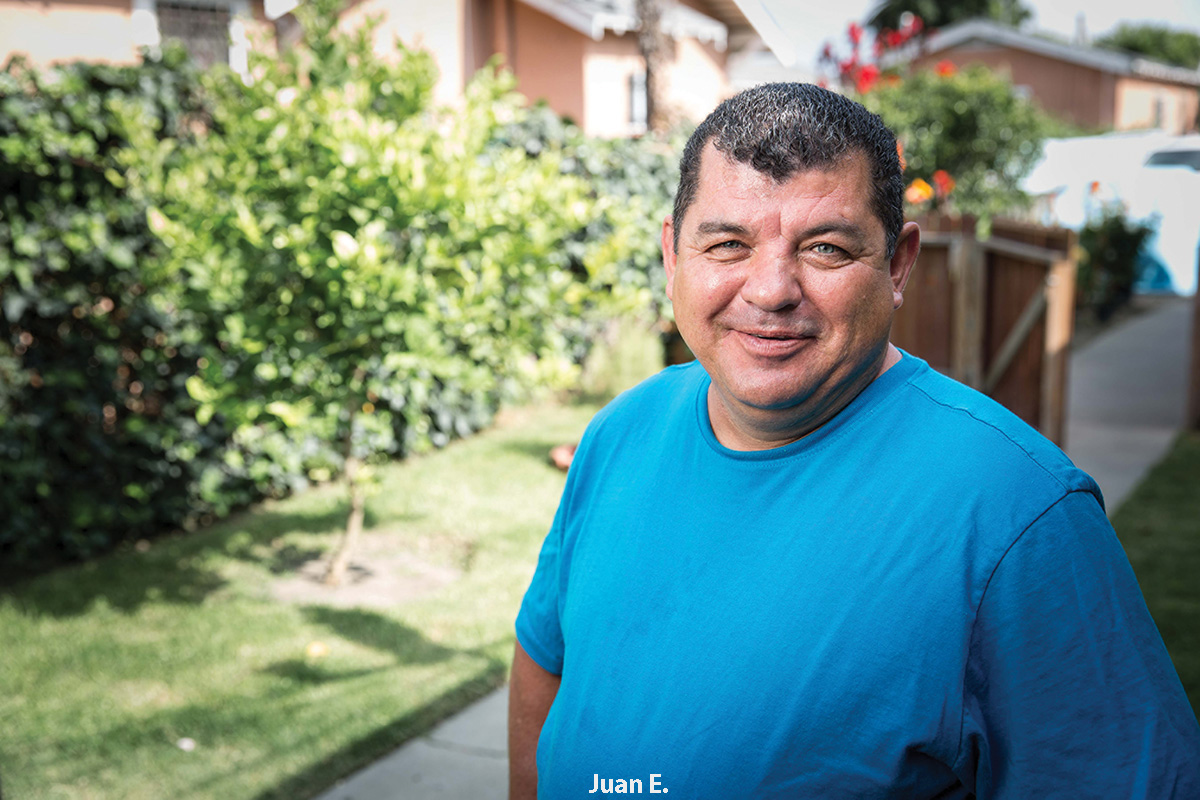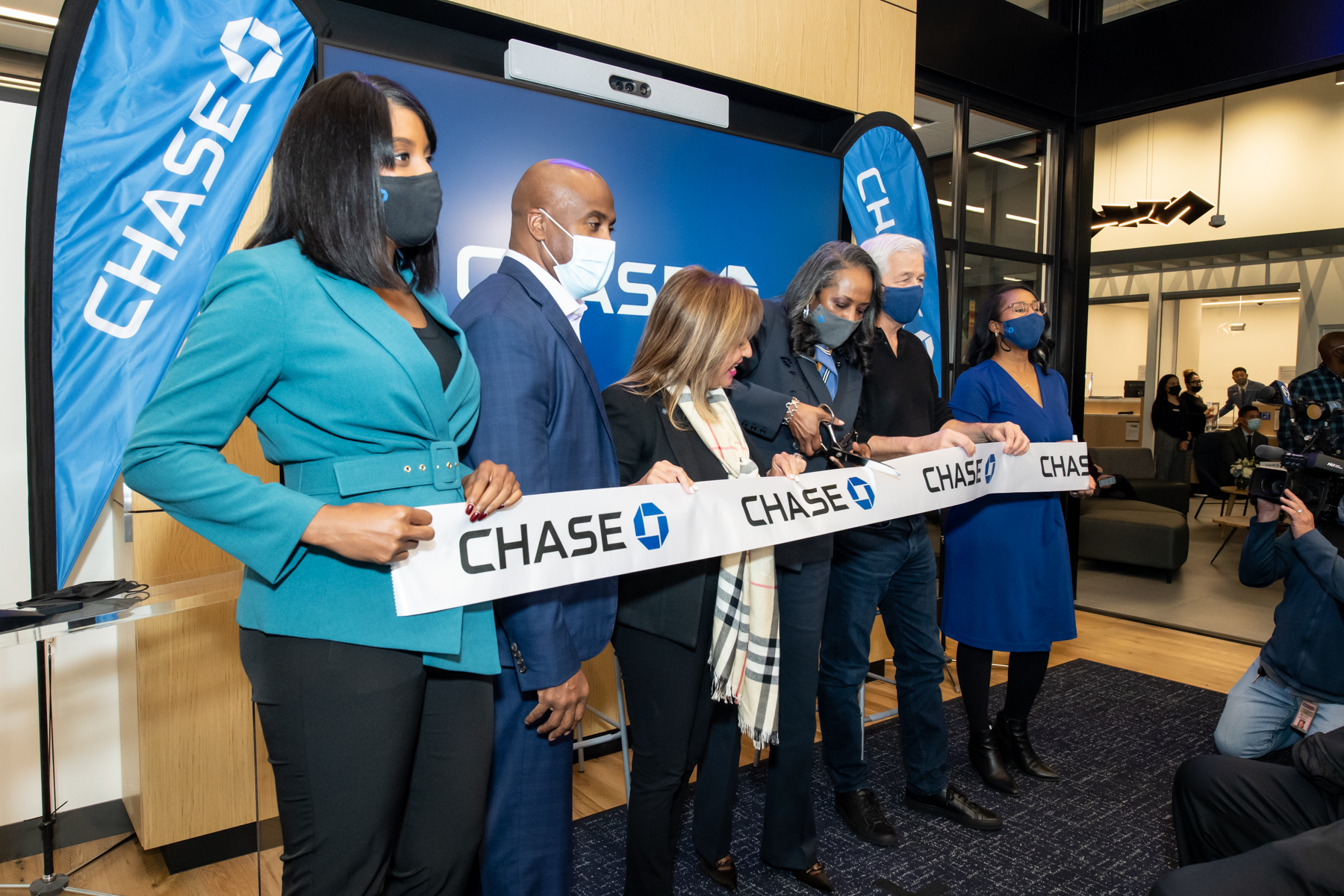by Joe Hong
Joselyn Marroquín, a freshman at Lincoln High in San Francisco, challenged herself by taking two math classes this year.
Because the San Francisco Unified School District requires students to wait until 9th grade to take Algebra 1, Joselyn enrolled in both Algebra 1 and Geometry at the same time so she can make it to AP Calculus by her senior year.
“The stress of taking two classes and having homework for each was difficult to manage,” Joselyn said. “It was hard at first, but I got used to it.”
In 2014, district officials decided to delay Algebra 1 until 9th grade in hopes of lowering the number of Black, Latino and low-income students failing Algebra 1 in 8th grade. The goal was to get these students into higher level math classes and eventually to careers in science, tech, engineering or math. The change succeeded at reducing the number of students failing courses, but has coincided with a drop in test scores at some schools serving higher-needs students, a point of criticism relevant to all of California because the state plans to recommend the same policy for every school district statewide as part of a new math framework.
At the same time, the change has led families with resources, like Joselyn’s, to find ways to help their kids get ahead in math, perpetuating some of the inequities the policy was meant to eliminate.
To make sure Joselyn could handle taking two math classes this year, her grandfather Rex Ridgeway, who oversees Joselyn’s education, paid $850 for her to enroll in an Algebra 1 class during the summer after 8th grade. Ridgeway, who is Black, said he hoped that going into high school already knowing Algebra 1 would lighten the burden of taking two math classes.
“I had her take Algebra 1 over the summer so she could master it when she took it again with Geometry,” Ridgeway said. “A lot of Black families don’t have the resources to do what I did.”
The state’s recommendation of the same policy in its controversial math framework has reignited San Francisco parents like Ridgeway who opposed the measure nearly eight years ago. After blowback from parents and math experts, the state will be releasing the revised framework in January before finalizing the guidelines in July. The framework, however, is a set of suggestions and there will be no penalty for districts that opt to ignore it.
Ridgeway said he was furious when he learned about the district’s policy and sought ways to get Joselyn to Calculus by 12th grade and maximize her chances of attending UCLA, her dream school. Other parents in the district have done the same. Teachers aren’t surprised.
“It has led to even worse inequities and driven them underground,” said Elizabeth Statmore, a math teacher at the district’s Lowell High, the city’s top performing public high school. “People with means started finding other ways to get ahead.”
A calculated move
San Francisco’s status quo before 2014 wasn’t great.
“Our kids were flunking out of Algebra in 8th grade, and I would say there was an equity issue,” said Emily Murase, who was a school board member in 2014. “Our math curriculum was clearly not serving our Black and Latino kids who were failing Algebra 1.”
Schools in the district have come up with a variety of ways for students to get to calculus by the 12th grade, even with the policy change. Some schools offer a summer geometry course for which low-income students get priority enrollment. At other schools, students can take a one-year class that combines Algebra 2 and Precalculus.
Lizzy Hull Barnes, who oversees math instruction at San Francisco Unified, said these options count towards the admissions requirements for the University of California and the California State University.
The change meant that all students would take the same math classes from grades 6 through 8. The district at the same time adjusted the curricula for middle school math classes to better align with state standards: While students aren’t taking a class called “Algebra 1” in 8th grade, they are still covering almost all the concepts they would have previously, like linear equations, proportional relationships and systems of equations. They should know everything they need going into their 8th grade standardized testing.
Barnes said all students, but especially Black, Latino and low-income students, are better prepared to succeed in Algebra 1 if they focus on learning these foundations in middle school.
“The concepts from Algebra 1 were pulled apart and redistributed in more thoughtful ways,” she said. “We wanted to interrupt racialized outcomes associated with math.”
Ridgeway and other parents of high-achieving students said the district was holding back students. But Barnes said the Algebra 1 now taught in 9th grade is more advanced than the one taught in 8th grade prior to 2014. The curriculum now includes concepts from Algebra 2 and data science.
Under the district’s framework, students can decide whether they want to take more advanced math classes in high school once they have a better understanding of their own interests and skill levels in math. Before 2014, Barnes said, students were placed onto pathways, or “tracks,” far too early.
“I think the most important thing we want to convey is that students who want to achieve higher level mathematics are able to,” Barnes said. “We’re not taking anything away from anyone.”
San Francisco’s mixed math results
Fewer students across all demographics failed Algebra 1 in the years after the district adopted the rule in 2014, according to the district. It reported more students across all racial demographics have enrolled in both advanced math and completed more math and science credits during their high school careers since the policy was adopted.
“It really helped the bottom and average achieving students to take more math,” said former board member Murase. “The big surprise was that students took more science as a result. That was an unintended consequence.”
But standardized test data paints a more complicated picture.
Districtwide, the percentage of students meeting what the state considers an appropriate level of math knowledge increased by 2.6 percentage points between the 2014-15 and the 2018-19 school years. The percentage of Black and Latino students meeting standards also increased by 2.6 points. But the gap between the percentage of low-income students and the percentage of students district-wide meeting standards has grown by 2 points.
Schools with high proportions of Black and Latino students have fared far worse on standardized tests.
O’Connell High School enrolled the highest percentage of Black students among the district’s comprehensive high schools in the 2018-19 school year. In the 2014-15 school year, based on standardized tests, a mere 6% of the school’s Black students met math standards. As bad as that sounds, it got worse after the district changed the way it taught math. In the 2018-19 school year, that number dropped to 0%.
Willie Brown Middle School had the highest percentage of Black enrollment that same year among middle schools. Since it opened in 2015, the percentage of students meeting math standards dropped from 14% to 7.8% in 2019. The percentage of Black students meeting standards remained below 4% during all four of those years in between. In the 2018-19 school year, only 1.5% of the school’s 84 Black students met math standards.
At James Lick Middle, nearly three-quarters of its 568 students were Latino in the 2018-19 school year, making it the school with the largest share of Latino students in the district. That year, however, only 7% of Latino students met math standards, a five-year low. Meanwhile, 18.16% met English Language Arts standards, a five-year high for the school’s Latino students.
At Presidio and Roosevelt Middle Schools, the two middle schools with the highest percentages of white students, test scores saw significant improvement. The percentage of Black and Latino students meeting standards increased by double digits at both schools.
Morgan Polikoff, an education professor at the University of Southern California, said if more students are taking more advanced classes and receiving good grades, that could be a good sign. But standardized test scores would show whether students are actually learning the material.
“Grading standards can be watered down,” he said. “But the standardized test is supposed to serve as independent evidence.”
As for the various ups and downs in test scores at San Francisco Unified, Polikoff said “there’s a million different things that can explain trends in test scores.” San Francisco Unified officials refused requests to discuss test score data in detail.
California’s standardized tests are based on the same standards that guided the policy change, so offering Algebra 1 in the 9th grade should have in theory resulted in more equitable outcomes on state tests.
But Barnes said the number of students enrolling in higher level math is a more effective measure and that test score data “is not the measure we would use to evaluate impact.
“In high school they take the test one time in 11th grade,” she said. “It’s difficult to use that as a measurement for success in all of mathematics.”
Polikoff said that although standardized tests aren’t a perfect measure, the district can’t simply dismiss them, especially because they test exactly what students should have learned under the district’s policy change.
“You can’t say, ‘We’re going to pass this policy, and we can’t evaluate it with test scores,’” he said. “That’s not acceptable.”
Murase maintains that test scores would have been even worse if San Francisco Unified stuck with its old ways.
“You would have to compare the trajectory of math scores to what it would have been under the old system,” she said. “No one would think those scores would’ve been any higher if we kept Algebra in the 8th grade.”
Local outcomes, statewide implications
Delaying Algebra 1 is one of the core ideas recommended by California’s proposed math framework. The framework, a set of non-binding guidelines for math instruction in the state’s public schools, also recommends using more inclusive language in the classroom and more real-life examples in math lessons, with the goal of getting a more diverse student body engaged in mathematics.
Parents, educators and mathematicians statewide oppose the framework for a variety of reasons. They accuse the authors of watering down math with social-justice oriented lessons.
Parents also say the framework holds back high-achieving students. The authors of the framework disagree. They said the revisions will include more explicit recommendations for advanced students.
While California’s proposed math framework stirs controversy nationwide, in San Francisco it’s revived the ire of some parents who vehemently opposed these ideas back in 2014.
Maya Keshavan is the mother of two recent graduates from the district and a member of Families for San Francisco, a group of parents fighting against California’s proposed math framework. Keshavan and other members say the framework should not recommend delaying Algebra 1 until 9th grade based on some inconsistencies they found in San Francisco Unified’s reported successes.
A report by Families for San Francisco said the district published misleading data on how often students had to repeat Algebra 1: While the rate of students re-taking the class dropped from 40 percent to 7 percent in the year after it pushed Algebra 1 to 9th grade, the district also eliminated an Algebra 1 placement test, which Families for San Francisco said is likely to have reduced the repeat rate by removing an additional hurdle to getting to the next math class.
Barnes said the district does not have data showing how many students had to retake Algebra 1 because of the placement test alone.
Keshavan, a woman of color who works as an electrical engineer, said she understands the need for diverse viewpoints in the fields of science and technology. But she said that the questionable data reported by the district raises serious doubts about the merits of delaying Algebra 1 until 9th grade.
The authors of the state’s framework, however, cite the reduced number of students repeating Algebra 1 as evidence of success. Jo Boaler, one of the authors of the state framework and a professor of math education at Stanford University, co-wrote an editorial citing these reported successes at San Francisco Unified. The current draft of the framework references this editorial.
When asked about this potentially misleading data at San Francisco Unified, Boaler said the proposed state framework is in no way based on the policies at one district. She said, unlike the policies at the district, the state framework calls for high schools to integrate Algebra and Geometry rather than teaching them as two separate classes.
Boaler also declined to comment on the declining test scores at the district. Ben Ford, another co-author of the framework, said he would revisit the references to San Francisco Unified in the current draft.
Keshavan’s daughter, who graduated in 2020, was in of one of the first cohorts required to take Algebra 1 in 9th grade. Keshavan, however, paid $700 for her daughter to take an Algebra 1 course with a private company during 8th grade.
And like her daughter, she said, students across the state who come from privileged backgrounds will keep the upper hand when it comes to college admissions and entering careers in science, tech, engineering and math.
“I knew I had to work around it for my daughter,” Keshavan said. “To this day I feel it was unfair that she had the advantages of being able to pay for the external class.”
– Joe is the K-12 education reporter for CalMatters. His stories use data to highlight inequities in California’s public schools.











